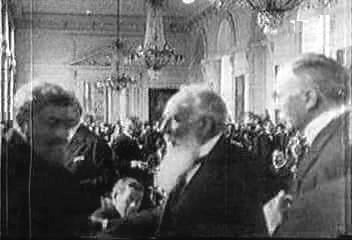The Treaty of Trianon
The Treaty of Trianon was signed on 4 June 1920 following World War One. The treaty reduced the size and population of Hungary by about two thirds, stripping it of all areas that were not purely Hungarian. It was made in response to Hungary’s role in the war.
Officially, the treaty was intended to be a confirmation of the concept of the right for self-determination of nations and of the concept of nation-states replacing old multinational empires.
The territories owned by Romania were given to other countries. Romania received Transylvania and part of the Banat. Czechoslovakia was given possession of Slovakia and Ruthenia, while Yugoslavia took Croatia, Slavonia and the western section of Barat.

Austria was awarded the Burgenland, but the city of Sopron and its vicinity were returned to Hungary after a referendum in 1921.
After 1918, Hungary did not have access to the sea, which it had had directly through the Rijeka coastline and indirectly through the Kingdom of Croatia-Slavonia.
The military conditions were similar to those imposed on Germany by the Treaty of Versailles; the Hungarian army was to be restricted to 35,000 men and there was to be no conscription. Further provisions stated that in Hungary, no railway would be built with more than one track.
The people of Hungary were angry by their treatment in the Treaty of Trianon. Almost three-fourths of the pre-war kingdom's territory and a significant number of ethnic Hungarians were assigned to neighbouring countries triggered considerable bitterness.
Most Hungarians wanted to keep the territorial integrity of the pre-war kingdom and regarded the treaty as an insult to the nation's honour. The Hungarian political attitude towards Trianon was summed up in the phrases Nem, nem, soha! ("No, no, never!") and Mindent vissza! ("Return everything!" or "Everything back!").
See also: The Treaty of Neuilly
MLA Citation/Reference
"The Treaty of Trianon". HistoryLearning.com. 2024. Web.
